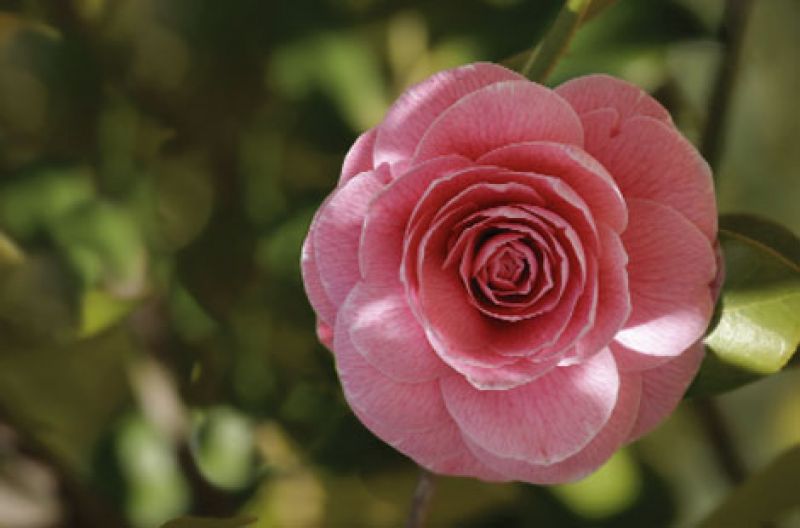
Fall is the perfect time to get to the bottom of what’s ailing your plants, says horticultural pathologist Kari Whitley of Scout Horticultural Consulting, adding that “you can identify and treat many common plant problems yourself.” To get you started, she offers these examples: For that struggling camellia: “If leaves are turning a dull, silvery-grey, it probably has Southern red mites, which are most active during the cooler months and also infest holly and azalea in the Southeast,” says Whitley. “To treat, coat leaves with Horticultural Oil.” As for the Southern magnolia, its most prevalent problem is caused by the ominously named black twig borer. “These pests can infest a tree, killing small branches and causing their leaves to turn brown,” says Whitley. “Prune out the dead twigs, cutting six to eight inches below the diseased portion. If the infestation is severe, call an arborist.” Another Holy City favorite—English ivy—is prone to a disease called bacterial leaf spot. “Look for irregular-shaped lesions surrounded by yellow halos that are visible when you hold a leaf up to the light,” she says. “This happens when leaves stay wet for extended periods of time. First, prune out all infected leaves, then adjust your irrigation to be sure that leaves dry before nightfall.” To learn more about taking care of disease- and insect-related problems in your garden, join Whitley and the Charleston Horticultural Society for an interactive workshop on November 13 (see sidebar). For more information, call (843) 579-9922 or log on to www.charlestonhorticulturalsociety.org.
Affects: Camellia, holly, and azalea Indicators: Leaves turn a dull, silvery-grey. Treatment: Coat leaves with Horticultural Oil; you don’t need to remove them from plant.
Affects:English ivy Indicators:Irregularly shaped lesions appear on leaves and are surrounded by yellow halos. Treatment:Prune infected leaves; keep dry as possible.
Affects:Southern magnolia Indicators:Small branches die; their leaves turn brown. Treatment:Prune twigs six to eight inches below dead portion; call arborist if problem is severe.